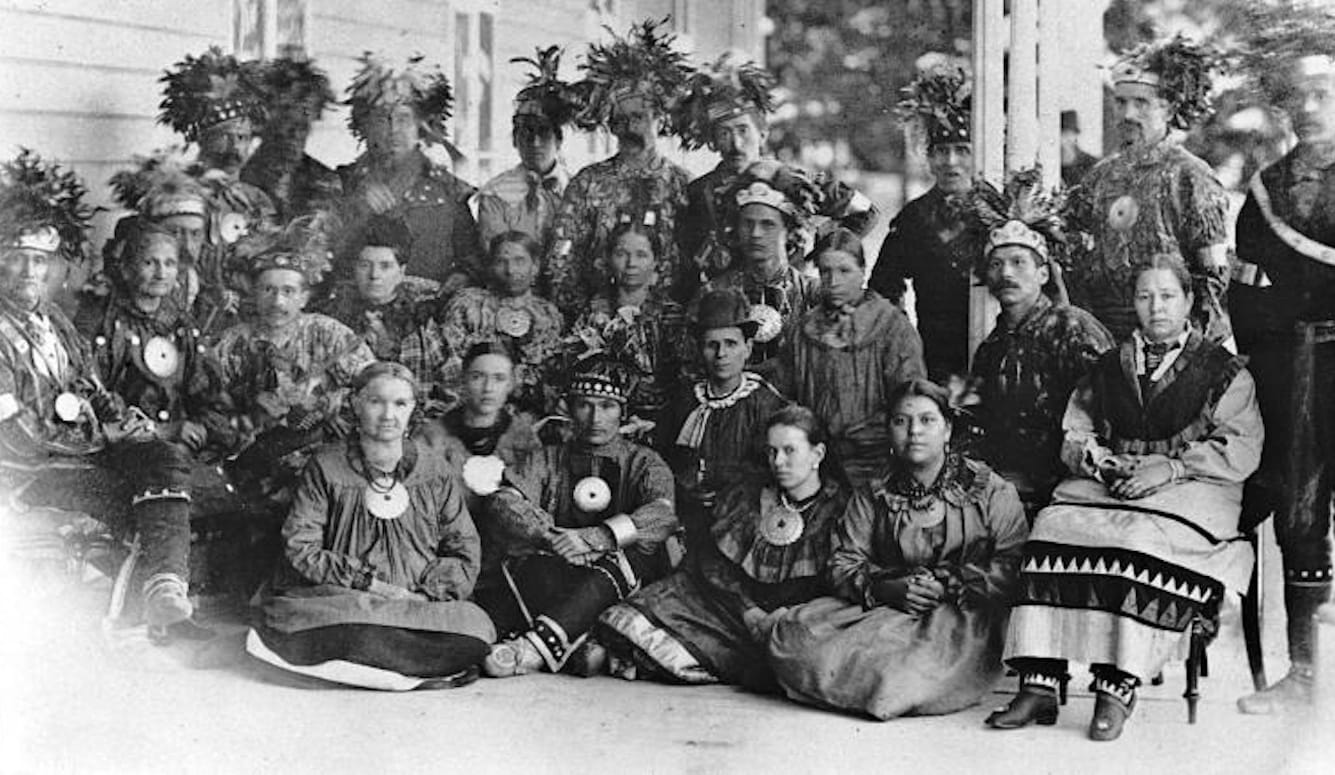Nations of Canada
The Wendat World
In the nineteenth instalment of ‘Nations of Canada,’ Greg Koabel describes how Indigenous societies greeted the French influx of the early seventeenth century.
· 23 min read

Keep reading
The Twelve Day War: Truths and Consequences
Adam Garfinkle
· 21 min read
Glamourising Violence at Glastonbury
John Aziz
· 8 min read
From Welfare to Warfare
John Lloyd
· 7 min read
Stealing Australia and Buying New Zealand
Sean Welsh
· 16 min read





